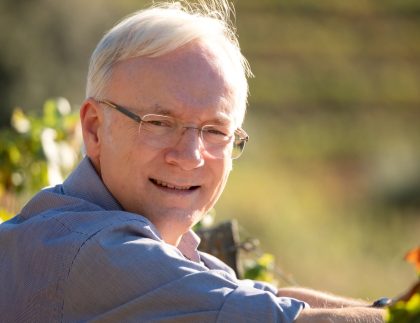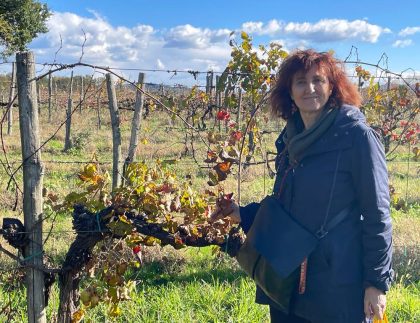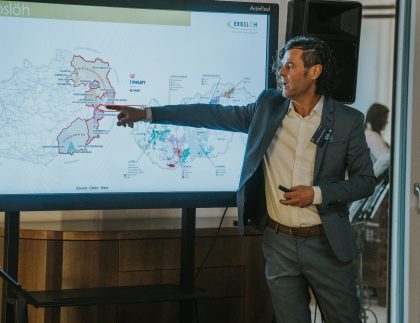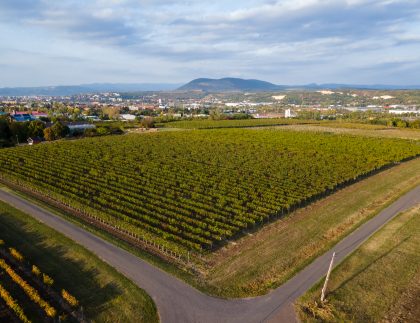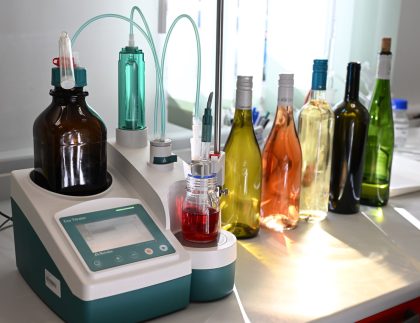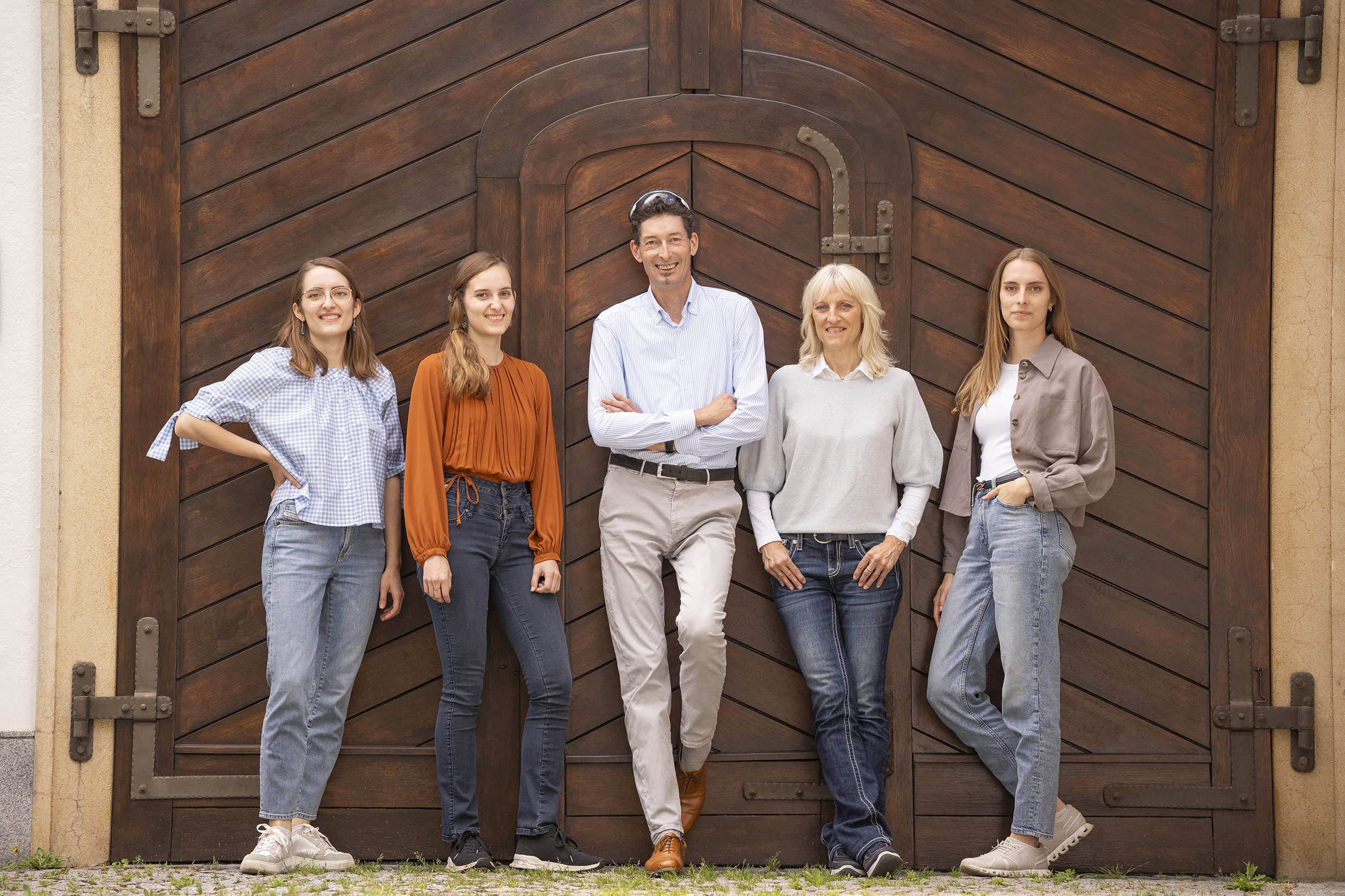
In your presentation, you will explain the Burgenland wine wonder. The first stage was probably the appearance of high-quality dry white wines. Why were they revolutionary?
Because until then, Burgenland wines only were off-dry to sweet, low in acidity and high in alcohol. They did not match food well and they did not show well in terms of drinkability.
Later on, when the dry reds conquered, Blaufrankisch became particularly important. Why this variety?
It was the dominant variety, and the first efforts were made to make it more elegant and long-lived. My father was also the first to plant Cabernet Sauvignon in Austria in 1981. It was a revolution, and it was the focus of all the journalists in the first few years. The Blaufränkisch also benefited from this, because no one would have put a Blaufränkisch in a top-class red wine tasting at that time.
Your father, Anton Kollwentz, played a major role in the development of Burgenland. As his son, what have you seen as the most important factors in his success?
My father was very strict in his work. And it goes step by step: less alcohol in the wines, longer on the skins, longer in the barrel, working with new French oak barrels, malolactic fermentation, no filtration.
You took over responsibility for the cellar with the 1993 vintage and have been managing the winery since 2004. How do you see your role as the fifth generation of your family to make Kollwentz wines?
I’m the 9th generation, just the fifth Anton in a row. My job is to follow in my father’s footsteps with the red wines and to find some more pieces to fine-tune them. Another great part has been to bring the old Chardonnay variety to international prominence on the limestone soils of the Leithagebirge.
Looking to the future, what are the challenges for Burgenland wineries?
To resist the temptation to be the darling of everyone and to make every style of wine possible.
